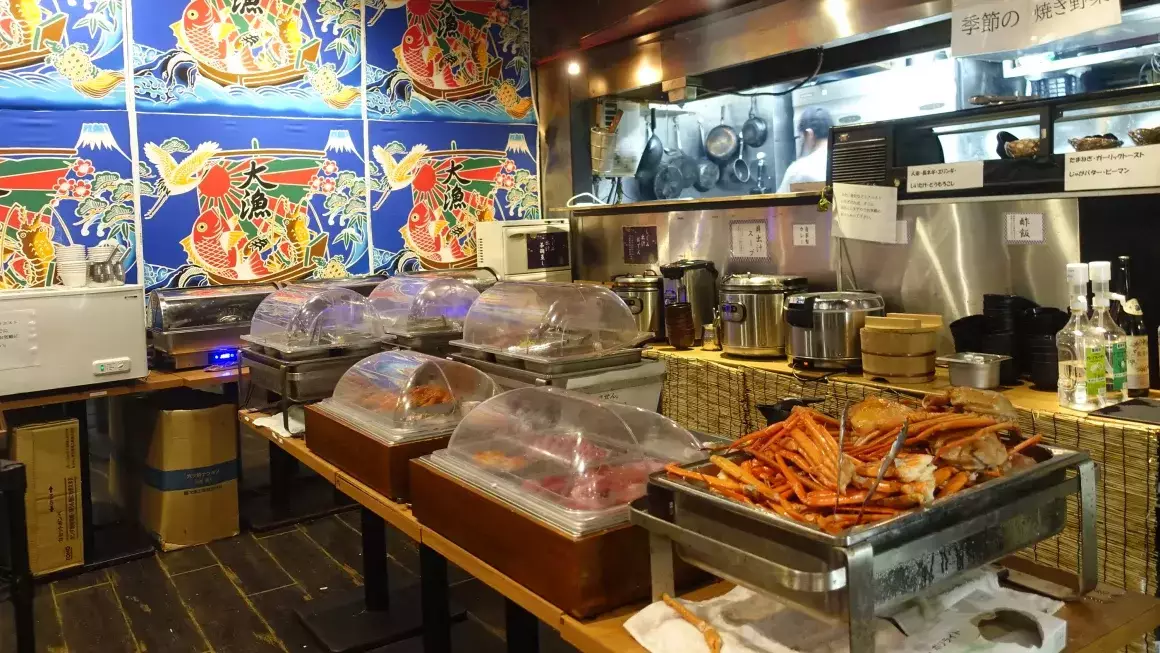The resurgence of global travel following the COVID-19 pandemic has unearthed various challenges for international destinations, with Japan emerging as a particularly compelling case study. After dismantling restrictions to welcome tourists back, Japan found itself amidst an unstoppable wave of travelers. This influx has led to a surge in demand for local experiences and services, causing several establishments to reevaluate their pricing strategies. Unlike many popular destinations where visitors often face inflated prices, Japan grapples with a growing discourse surrounding differential pricing, especially as the demand from foreign tourists is re-evaluated against the interests of local customers.
Shogo Yonemitsu, the owner of Tamatebako in Shibuya, exemplifies the struggle between managing tourist expectations and maintaining local patronage. His establishment introduced a pricing strategy where locals receive a discount, sparking a conversation about whether such methods constitute discrimination. According to Yonemitsu, the remarkable surge in visitors has necessitated a more complex operational model that accommodates both locals and tourists without compromising service quality. By providing locals with financial incentives, he hopes to create a balance, undermining the potential alienation of his regular customers.
The current economic landscape in Japan is also worth noting. With a decline in the yen’s value, international visitors are incentivized to indulge in experiences often reserved for wealthier clients. Statistics showing record arrivals to the country reinforce the urgency for local businesses to adjust their pricing without completely alienating the community. However, the nuances of implementing a tiered pricing model need careful consideration. The local government’s response has included encouraging lower pricing for residents to combat overtourism, as evidenced by initiatives from various tourism authorities across the country.
Catering to foreign tourists has its challenges—one being the need for fluent English speakers in service roles. Yonemitsu points out that the lack of proficiency in English can lead to misunderstandings, creating stressful scenarios for both staff and guests. This situation exemplifies the broader issues Japan faces as it navigates its burgeoning role in global tourism, revealing that lagging language ability and an underdeveloped tourism infrastructure can drastically impact service quality.
While differential pricing is seen as a novel approach within Japan, it has been widely adopted in other tourism hotspots around the world. Various locales have instituted resident discounts without explicit labeling, meaning tourists might not even realize they are paying more. This model raises ethical questions on transparency and fairness, but often serves higher economic principles by protecting local industries.
For instance, cities like Venice have introduced strict regulations to tackle overtourism, employing not just pricing strategies, but visitor limits and mandatory entry fees to preserve local quality of life. In contrast, Japan presently offers more flexibility, allowing businesses to make individualized decisions based on their operational needs and market dynamics.
Business owners like Shuji Miyake of Tsukiji district make strategic adjustments to appeal specifically to tourists, curating premium offerings that can cover rising costs related to increased service demands. By marketing exclusive products—such as ramen topped with lobster—these establishments tap into the willingness of tourists to spend more for unique culinary experiences while navigating the delicate balance of local vs. tourist pricing.
Tourists returning to Japan indicate an awareness of the current economic reality; many express a willingness to support local businesses through their spending. This aspect can help bridge the disparity between locals feeling overrun and businesses that need to stay economically viable.
The discussion surrounding differential pricing in Japan has highlighted the complexities involved in catering to both tourists and locals in a rapidly changing landscape. It has ignited debates about discrimination versus sustainability, resource allocation, and cultural preservation. As Japan forges ahead, it must determine how to best balance the economic benefits of tourism with the need to maintain the integrity of the local experience. By doing so, Japan can pave the way for a more inclusive approach to tourism—one that embraces both its rich cultural heritage and the burgeoning global interest in what it has to offer.


Leave a Reply